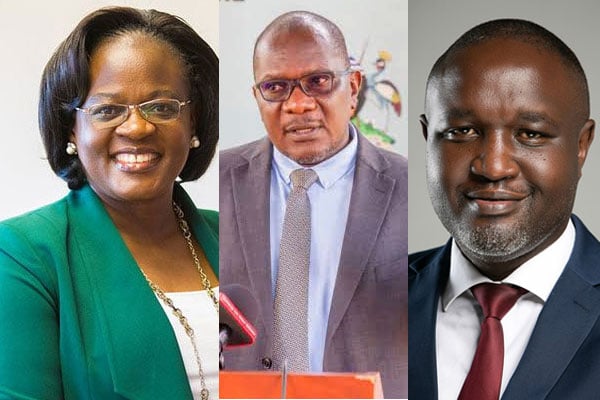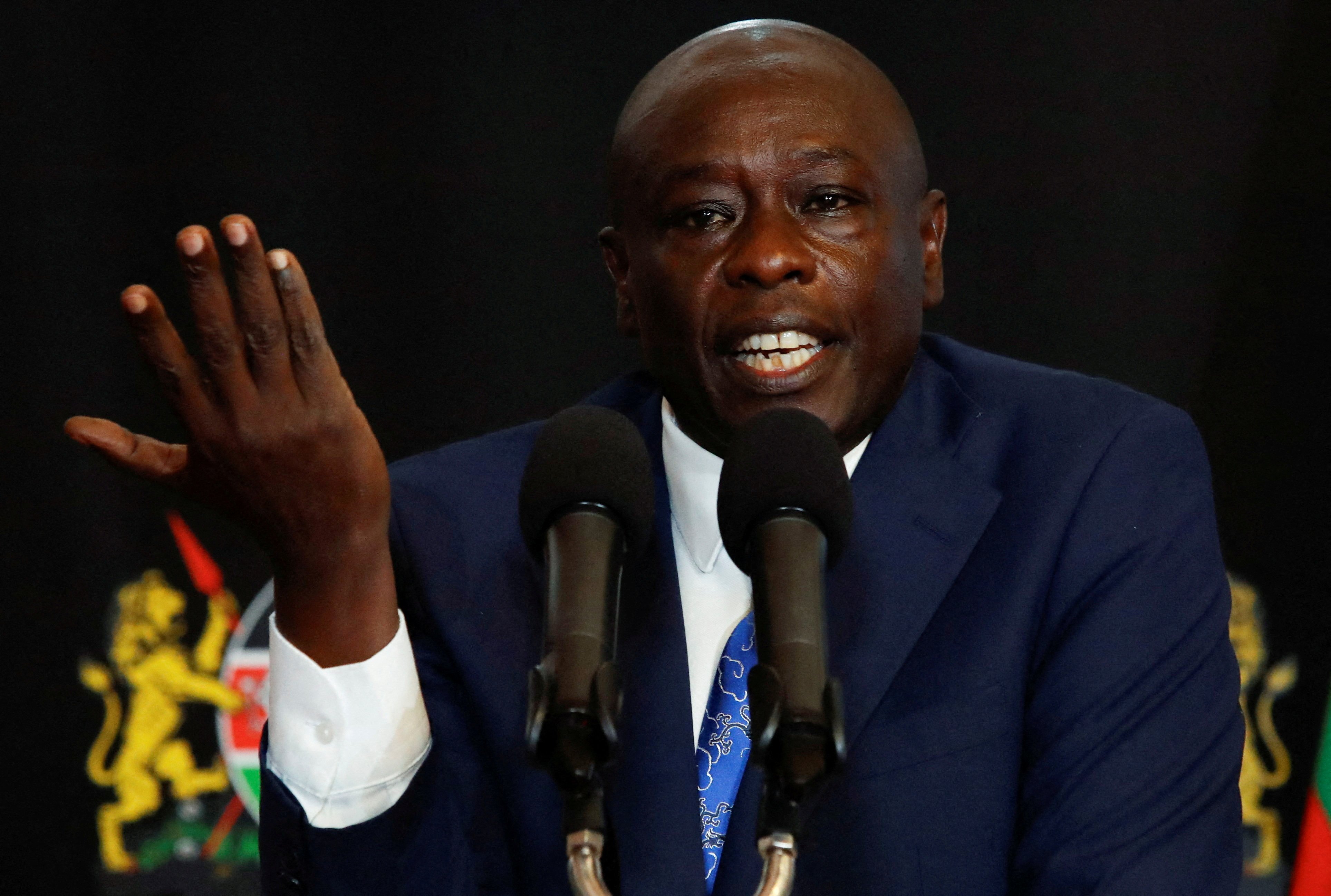Prime
Book review: Peeling away the layers of electoral processes

What you need to know:
- The option of using an election as a safeguard of democracy by subjecting leaders to the ballot has recently come under considerable criticism with some arguing that it does not always uphold the will of the majority as ought to be
More than ever before, elections are accepted and have been adopted widely as a mode of changing leaders world over. Since 1996, Ugandans have gone to the ballot every five years to elect political leaders at various levels as guaranteed by the 1995 Constitution.
However, the option of using an election as a safeguard of democracy by subjecting leaders to the ballot has recently come under considerable criticism with some arguing that it does not always uphold the will of the majority as ought to be.
Take Uganda’s 2021 general election and Kenya’s 2022 election. In Uganda, only 57 per cent of registered voters turned up to cast their vote—a drop of 10 per cent from 2016. In Kenya, only 64.6 per cent of the registered voters turned up—a continuing drop from the two previous elections held under the 2010 Constitution (86 per cent in 2013 and 78 per cent in 2017).
Relatedly, elections have not guarded against authoritarian leaders around the world. Autocratic leaders have retained their seats at the ballot, many of them by manipulating the process.
While many have questioned the ability of elections held under certain circumstances, the bulk of which exist in Uganda today, as a mode of reflecting the people’s true will on their choice of leaders, elections remain popular especially since a widely accepted alternative to them is yet to be found.
So, how do proponents of elections around the world,Uganda inclusive,restore confidence in the practice as a safeguard for democracy?
This is the question the authors of How to Rig an Election asked and answered. First, the book title is—somewhat—misleading. This is not a book on how an electoral process can be manipulated.
Instead, Cheeseman and Brian Klaas, the authors examine the various ways elections organised under different models are rigged in different ways across the world. They also offer solutions to the problem, that is, how to stop the rigging.
In this regard, the book is everything about electoral democracy. It explains the history of elections, how they became so popular, and strides made over the years. The gist of this book is an analysis of the key challenges facing electoral democracy around the world today, and how these can be rolled back to allow electoral democracy function as it ought to.
Uganda has held elections every five years since 1996 and the outcome of each of these has been disputed. On at least three occasions, the Supreme Court ruling on these elections found that there were cases of irregularities but concluded that these were just not enough to overturn them.
So, while this book is not exactly or entirely about Uganda, our history with elections got us prominent mentions in its pages.
Voter bribery is believed to be one of the key challenges to electoral democracy today. Yet, that begs the question: What is voter bribery? Using a Ugandan example, where President Museveni “donated” about $100,000 in cash to a Busoga youth group in April 2013, the authors ask if that was tantamount to bribing voters. If it did, how can competitors be protected from this form of bribery by incumbents?
What of the campaign T-shirts that are ubiquitous during elections with portraits of candidates. Are they the embodiment of voter bribery and how does it affect the voters’ choice at the ballot? This book offers all the answers. It draws on examples from across the world, circumstances under which the election there worked and how they can be applied elsewhere.
However, the book does not just look at elections based on the voting day. It looks at an election as a process as opposed to an event. It also looks at why it is hard for opposition groups, despite agreeing on many things to coalesce around joint candidates. The application of electoral violence by some political actors and how it can be stopped is also examined at length.
Over the years, the Internet has revolutionised most aspects of life. This also includes the conduct of elections, but does the Internet guarantee a free and fair election? Not always. The authors note that “despots have proved remarkably adept at using cyberspace to their advantage, finding new ways using digital tools to rig elections”.
The authors further argue that under certain circumstances elections conducted online with the aid of ICT are even more vulnerable to rigging. Again, they propose solutions to the problem.
By far this is one of the most comprehensive books on the subject of election rigging, and how to safeguard the sanctity of elections under different scenarios.
Book title- How to Rig An Election
Author- Nic Cheeseman and Brian Klaas
Pages- 254
Price- Shs85,000
Where- Mahiri Books.
Published- 2021




